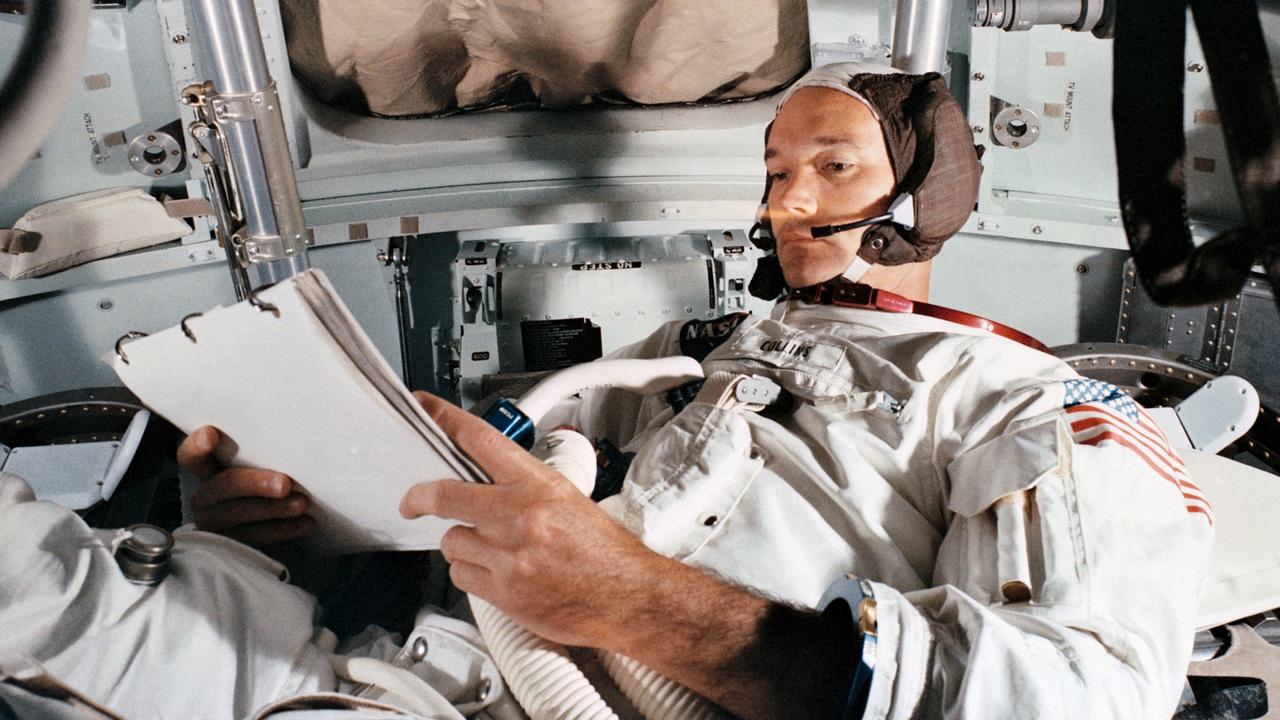Apollo 11 astronauts used weird and wacky training techniques to mimic the lunar landing
The astronauts were prepared to handle any problem imaginable on their moon mission. But trying to find ways to copy conditions on the lunar surface meant using some strange training techniques

READING LEVEL: GREEN
The Apollo 11 astronauts were trained to handle any problem or issue imaginable on their moon mission.
From an on-board explosion, landings in water to issues with zero gravity*, the astronauts ran training session after training session to know exactly what to do when things were going right and when they were going wrong.
Neil Armstrong, Edwin “Buzz” Aldrin and Michael Collins practised every second of their mission many times. They trained indoors, outdoors, in spacesuits, underwater, in planes, in pools, in the ocean and anywhere else NASA thought was appropriate. They even practised planting the US flag many times in moon-like conditions.

They spent a lot of time in the ocean in the Gulf of Mexico as a training run for the planned water landing when they returned to Earth.
The astronauts were also sent to the jungle and the desert for survival training in case their return to Earth missed the ocean completely.
The astronauts attended the Panama Jungle Survival School on Albrook Air Force Base in the Panama Canal Zone.
To simulate the effects of zero and reduced gravity, they suspended the astronauts at an angle by wires and let them experience one-sixth of their weight, which is what they expected to experience on the moon.
They also undertook spacewalks underwater as they thought the drag of the water would be similar to the gravity on the moon.

The astronauts spent hours in practice spacecrafts to master the routines needed to fly the craft, land the craft and make sure the two modules (the Command module piloted by Collins and the Lunar module piloted by Aldrin) could separate for the moon landing and join up again.
They practised the countdown for launch as well as photographing and recording the moon walk on cameras and video cameras.
A giant meteor crater in Flagstaff, Arizona, was the closest thing on Earth that NASA could find to mimic* the moon surface.
Here they learned how to land the lunar module, how to deal with G-forces*, how to drive electric rovers on the lunar surface, how to moon walk and how to communicate with the mission control crew back in America.


Their space gear was also tested at Flagstaff, including the astronauts’ first-generation spacesuits. They ripped on the Arizona rocks, forcing a redesign before the mission.
Armstrong and Aldrin practised gathering soil samples with tongs and scoops so they could collect moon rocks and dust from the moon surface.
Before going into quarantine* for 21 days, the astronauts spent one last weekend with their families — all the time knowing they might not come home again.
GLOSSARY
- zero gravity: when no apparent force of gravity acts on the body, causing it to float
- mimic: copy
- G-forces: a force acting on a body as a result of acceleration or gravity
- quarantine: a period or place of isolation to prevent the spread of disease
EXTRA READING
Part 3: The three Apollo 11 astronauts
Part 5: The Saturn V rocket and Apollo 11
QUICK QUIZ
- Why did the astronauts practice in the desert and jungle?
- How dd they practice walking with the effects of zero gravity?
- Why were their spacesuits redesigned?
- Where was the crater located on Earth that was most like the moon’s surface?
- What did Armstrong and Aldrin use to practice collecting moon rocks?
LISTEN TO THIS STORY
to come
CLASSROOM ACTIVITIES
Refer to the accompanying 50th Anniversary of the Moon Landing classroom workbook with 25 activities. Can be purchased for $5 including GST at https://kidsnews.myshopify.com/products/moon-landing
HAVE YOUR SAY: How do you think the astronauts would have felt while waiting in quarantine for 21 days?
No one-word answers. Use full sentences to explain your thinking. No comments will show until approved by editors.

